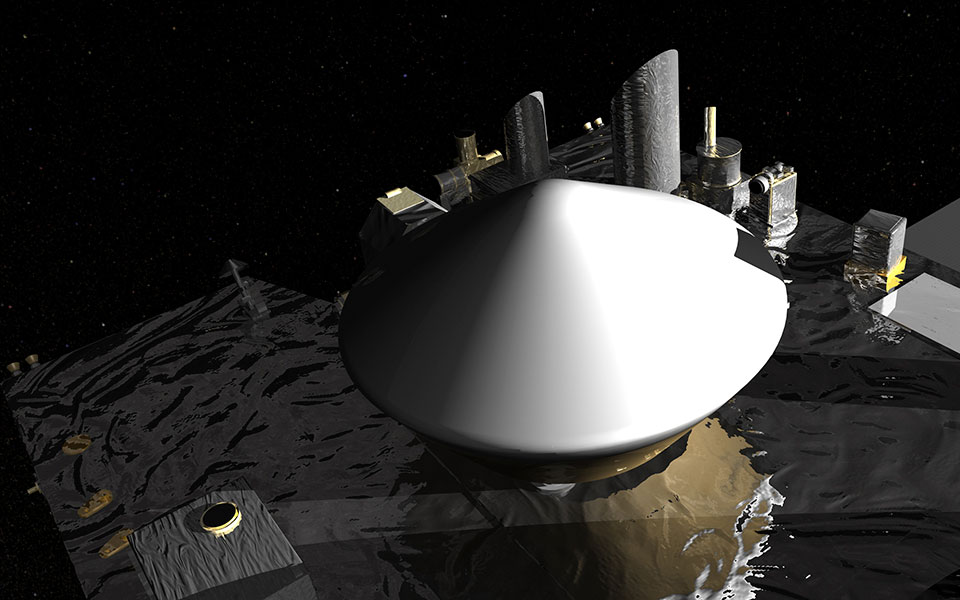NASA’s OSIRIS-REx asteroid sample return mission began its countdown on December 9, at 7:43 PM EST, with 999 days remaining until the opening of the mission’s launch window in September 2016.
“This is a pioneering effort, both technologically and scientifically,” said Dante Lauretta, OSIRIS-Rex principal investigator from the University of Arizona, Tucson. “Starting the countdown clock carries a lot of symbolism for us. After December 9, we will have a constant reminder of the time remaining to send OSIRIS-REx on his quest to return a sample of asteroid Bennu”
OSIRIS-REx is a University of Arizona-led mission that will visit a primitive, carbonaceous asteroid named Bennu in 2018, obtain a sample from its surface, and return it to the Earth in 2023.
“999 days seems a long time to get the spacecraft on the pad, but we know that time will pass quickly. There is a lot of work to do before our spacecraft begins its journey, and we have to be very disciplined to get everything done in time, ” said Mike Donnelly, OSIRIS-REx project manager at NASA’s Goddard Space Flight Center in Greenbelt, Md.
The world will be able to follow along on the university team website, and receive daily updates about the mission and asteroid science on Facebook. Twitter followers will get a special treat, as the spacecraft begins to report on its progress as it is comes together at the Lockheed Martin facility in Littleton, CO.
“Osiris was formed from pieces scattered across ancient Egypt, where he awoke as the bringer of life and ruler of the underworld,” said Lauretta. “Our spacecraft has a similar story — it will be consist of components fabricated in locations around the world, that once together, will allow us to connect with a near-Earth object that is an accessible remnant from the formation of our solar system.”
The OSIRIS-REx mission promises to help scientists address some basic questions about the composition of the very early solar system, the source of organic materials and water that made life possible on Earth, and to better predict the orbits of asteroids that represent collision threats to the Earth.
NASA’s Goddard Space Flight Center in Greenbelt, Md., will provide overall mission management, systems engineering and safety and mission assurance for OSIRIS-REx. Dante Lauretta is the mission’s principal investigator at the University of Arizona. Lockheed Martin Space Systems in Denver will build the spacecraft. OSIRIS-REx is the third mission in NASA’s New Frontiers Program. NASA’s Marshall Space Flight Center in Huntsville, Ala., manages New Frontiers for the agency’s Science Mission Directorate in Washington.
For more information about the OSIRIS-REx project, visit:
Follow OSIRIS-REx on Facebook at https://www.facebook.com/OSIRISREx and on Twitter at @OSIRISREx.
























